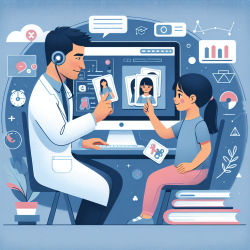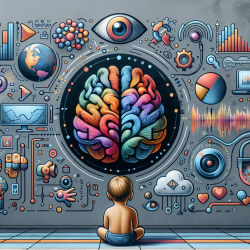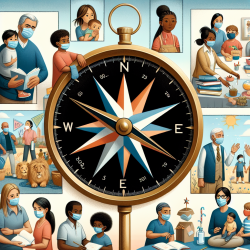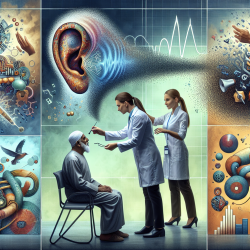Introduction
Bullying victimization in schools is a pervasive issue that affects students' mental health and academic performance. Recent research, "Predicting Risk of Bullying Victimization among Primary and Secondary School Students: Based on a Machine Learning Model," offers valuable insights into identifying risk factors and protective elements using advanced machine learning techniques.
Understanding the Research
The study utilized a Gradient Boosting Decision Tree (GBDT) model to predict bullying victimization among students. This model analyzed data from 2,767 students, examining 24 predictors including individual, family, peer, and school factors. The GBDT model identified the top six predictors: teacher–student relationship, peer relationship, family cohesion, negative affect, anxiety, and denying parenting style.
Key Findings
- Protective Factors: A positive teacher–student relationship, strong peer connections, and family cohesion were identified as significant protective factors against bullying.
- Risk Factors: Negative affect, anxiety, and denying parenting styles were significant risk factors for bullying victimization.
Implications for Practitioners
For practitioners, these findings underscore the importance of fostering positive environments both at school and home. By focusing on strengthening teacher-student relationships and family cohesion, practitioners can help mitigate the risk of bullying. Additionally, addressing negative emotions and anxiety in students can further reduce their vulnerability to bullying.
Encouraging Further Research
While the GBDT model provides a robust framework for predicting bullying risk, further research is needed to explore the interaction of these factors and their implications across different cultural contexts. Practitioners are encouraged to collaborate with researchers to refine these predictive models and develop targeted interventions.
Conclusion
Machine learning offers a promising avenue for predicting and preventing bullying in schools. By understanding and leveraging key predictors, educators and therapists can create safer and more supportive environments for students. For a deeper dive into the research, please read the original study: Predicting Risk of Bullying Victimization among Primary and Secondary School Students: Based on a Machine Learning Model.










